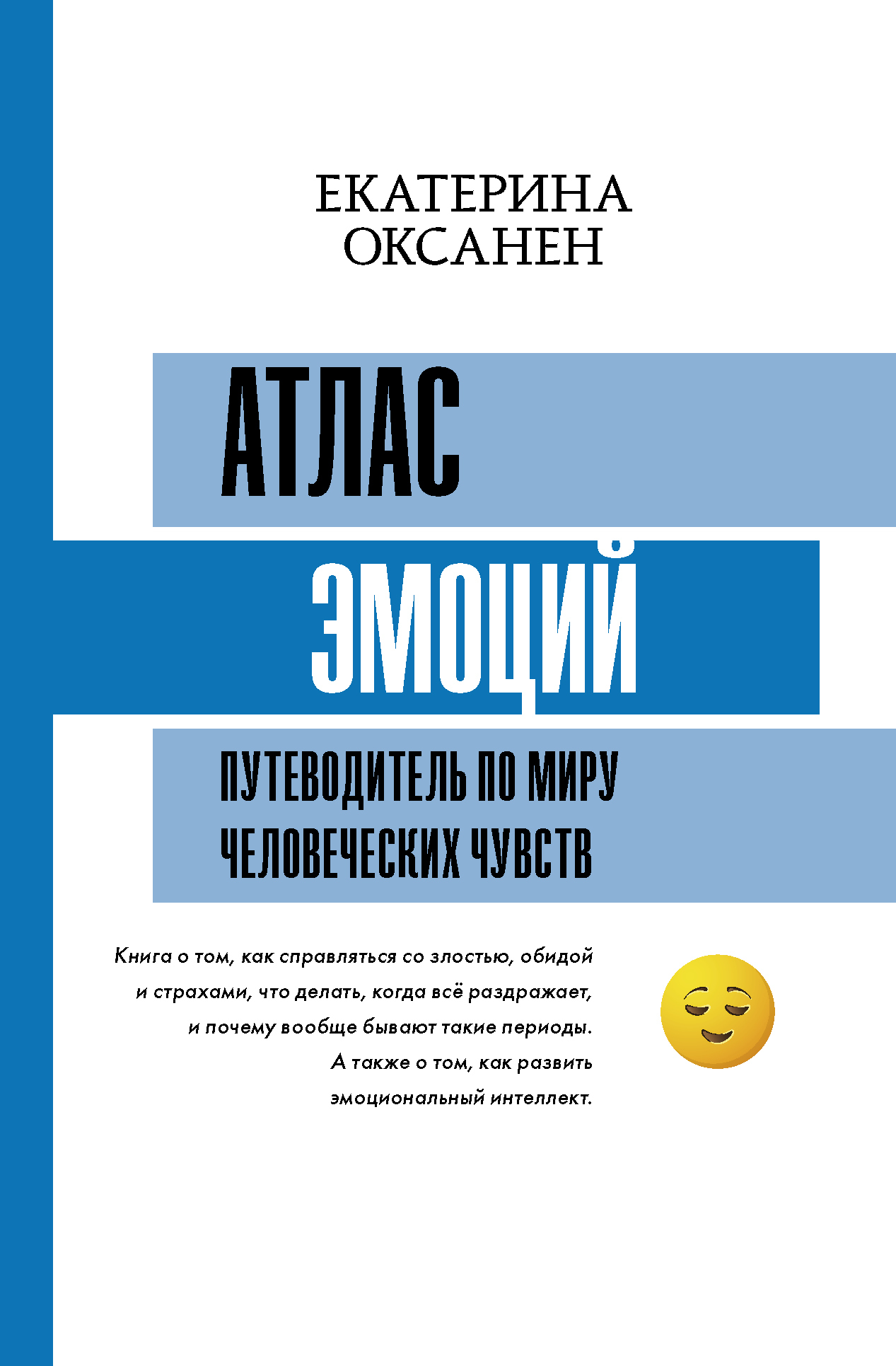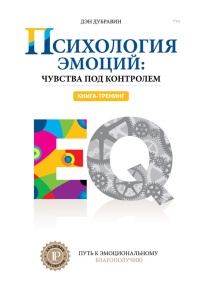Книга Что делает нас людьми - Леон Виндшайд
Читать книгу Что делает нас людьми - Леон Виндшайд полностью.
Шрифт:
-
+
Интервал:
-
+
Закладка:
Сделать
Перейти на страницу:
Перейти на страницу:
Комментарии и отзывы (3) к книге "Что делает нас людьми - Леон Виндшайд"












